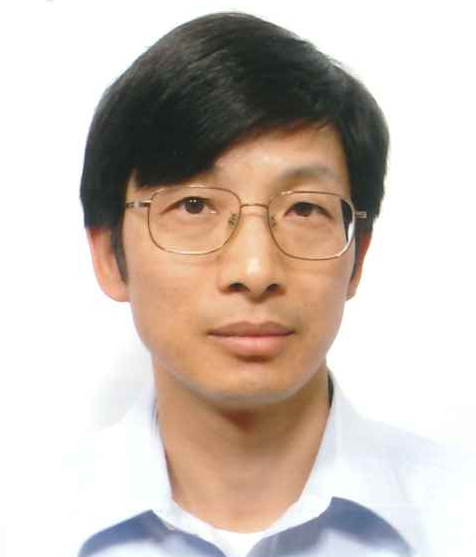| Subject | Department of Cellular Regenerative Medicine | ||
| Staff |
|
||
| Research Contents |
The newly founded Department of Cellular Regenerative Medicine has developed the world’s first methods of direct conversion from human fibroblasts to neural cells using chemical compounds only (CiN cells: chemical compound-induced neuronal cells). We are now focusing on the five research projects listed below. CiN cells are epoch-making because gene transfection is not needed in any steps.
|
||
| Achievements |
|
||
| Contact |
TEL:81-75-251-5135
FAX:
mail:dping@koto.kpu-m.ac.jp |
||
| HP |















